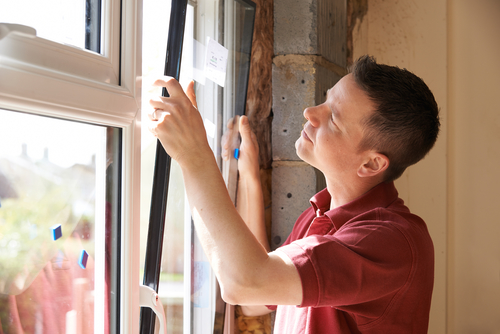You might be thinking of all the different window types on the market today. When you’re having your conventional windows installed there is no limit to what you can do. For easy usage and excellent efficiency you might want to contemplate having windows that can open by a crank. Both casements and awnings are great for a mixture of uses. Each of them have their own unique benefits as well as some shared advantages.
Window Types: Awnings

Awning windows come with a hinge on the top side which enable them to open upwards from the bottom. The whole awning is maintained from the top so you should think first about the weight. These conventional windows function better in wider more so than taller area. Its flat panel is excellent for air ventilation. Consequently producing more airflow inside than a non-crank window. The awning windows have a downward slope away from the walls so that when the rain falls it can be left open and you wouldn’t get too much water inside.
With the screens on the inside, you won’t have to bother about bugs getting in. Prices can vary depending on specific features. A state-of-the-art awning window can cost from $350 for a basic awning window to $1,050 or more for a more upscale awning window.
Window Types: Casements
These traditional windows are the opposite of their horizontally-hinged cousins. With its hinge on the side they operate better in spaces that are tall more so than wide. Its flat panel also allows fresh cool breeze to enter your home. This makes the casement windows better for tropical climates.
In addition, casement windows are some of the best energy efficient windows in town. As they are constructed with a compression seal which keeps the outside air from entering the home. Even though they are simpler to clean from the outside than an awning window, they experience the same weight issue. The more weighty the window the more probable it is to deform from its hinges.
Both provide excellent visibility and ventilation. Both the awning and casement windows require plenty outside space to move freely. Look at the space where it will be placed to determine how it would be to open and maintain your window. You can also verify how much ventilation or rain you can take advantage of. When it’s all said and done you may end up with a mixture of both the awning and casement windows in your home. Contact us for more information.
